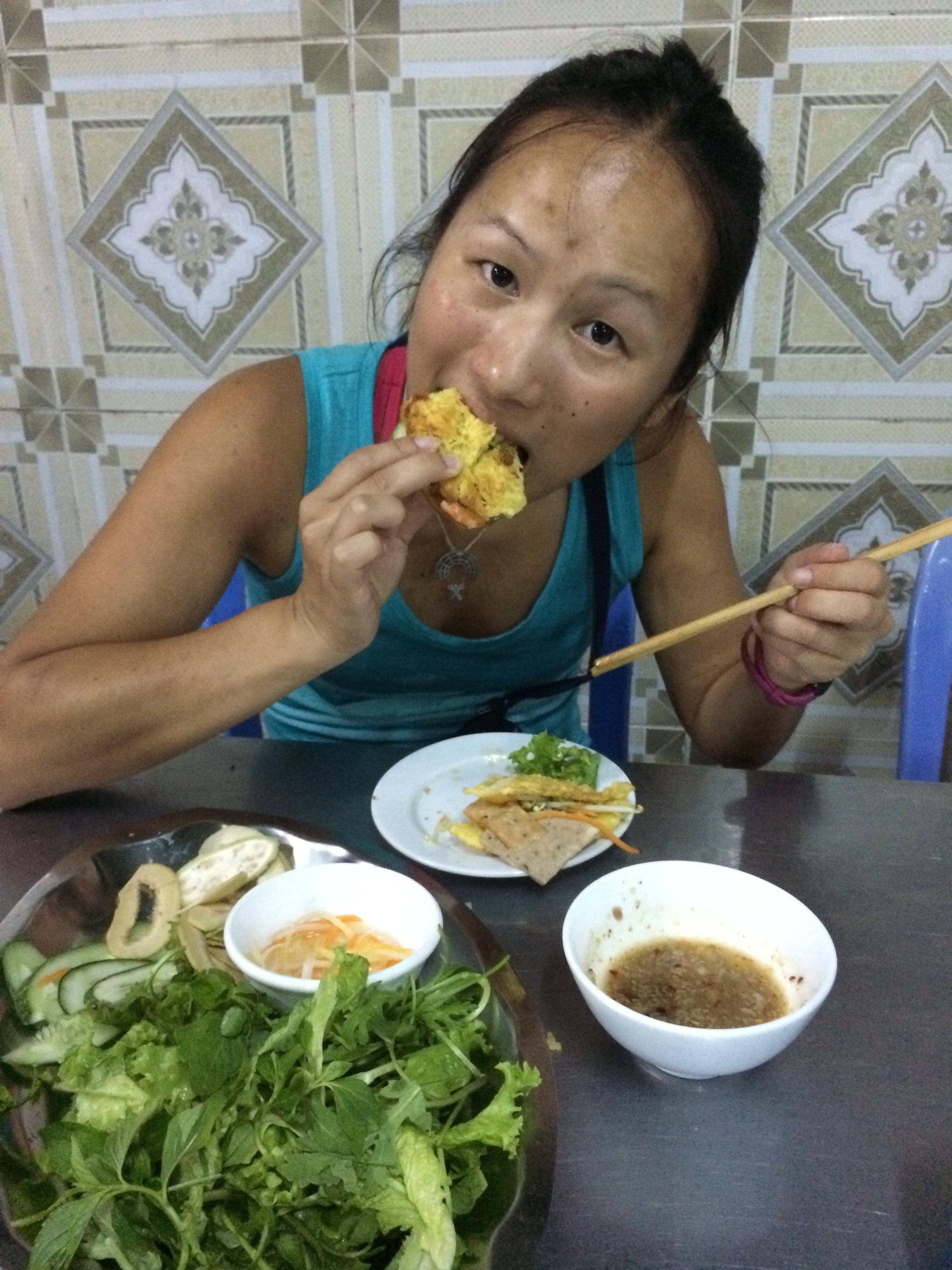The train route from Huế to Đà Nẵng is well known for having beautiful scenery with the endless coast to the east and lush, hilly jungles to the west, so we chose the ~2.5 hour train ride over the bus.
For Vietnamese-Americans like myself, Huế is famous for its food. And DAMN Huế food is GOOD, specifically 3 dishes:
Bánh bèo (steamed rice cakes topped with dried shrimp, fried shallots, and a crunchy pork rind, served with fish sauce). This was the most amazing bánh bèo I’ve ever had, since we went to the restaurant most locals go to get bánh bèo: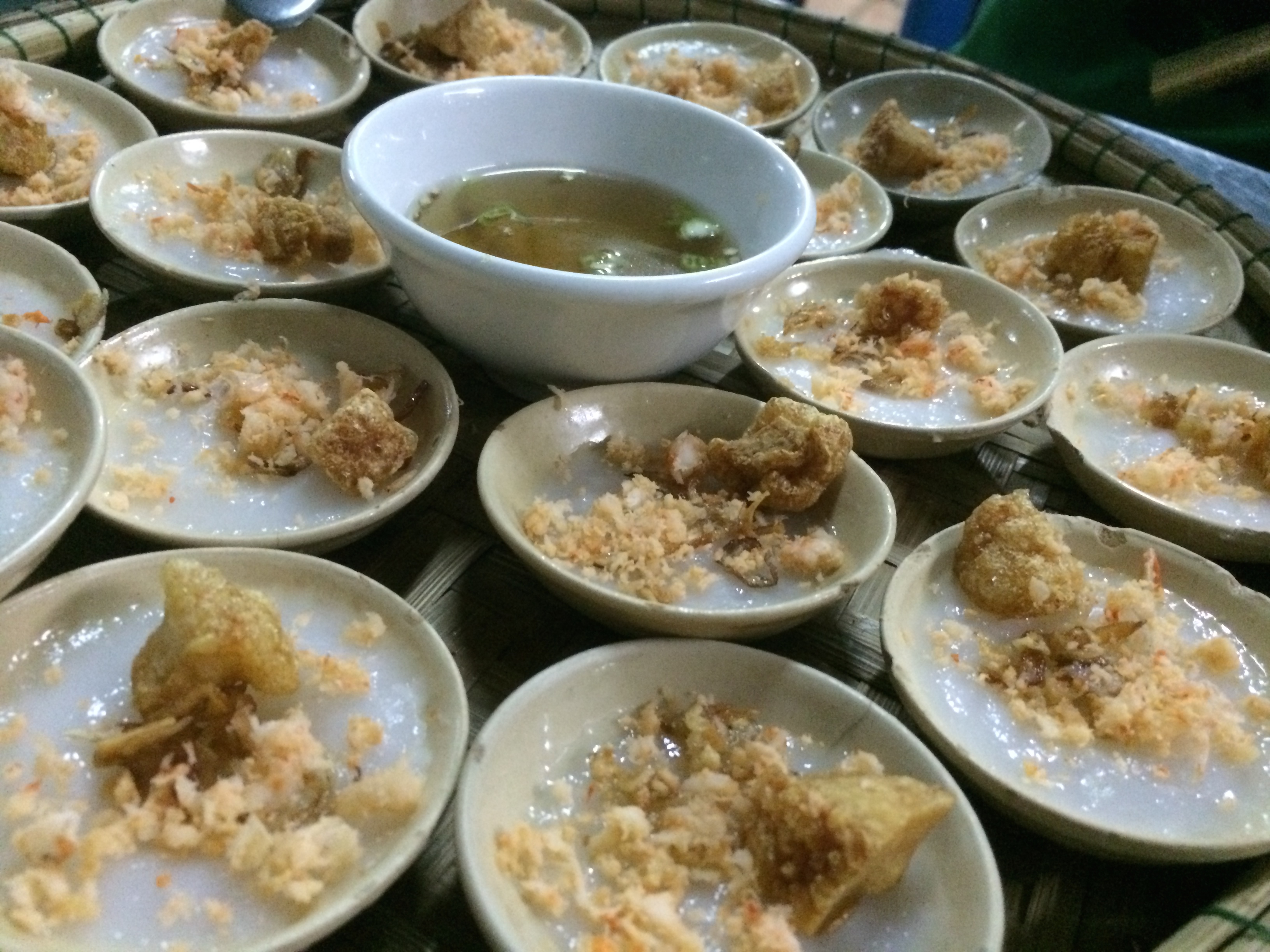
Bún bò (better than phở in my opinion): 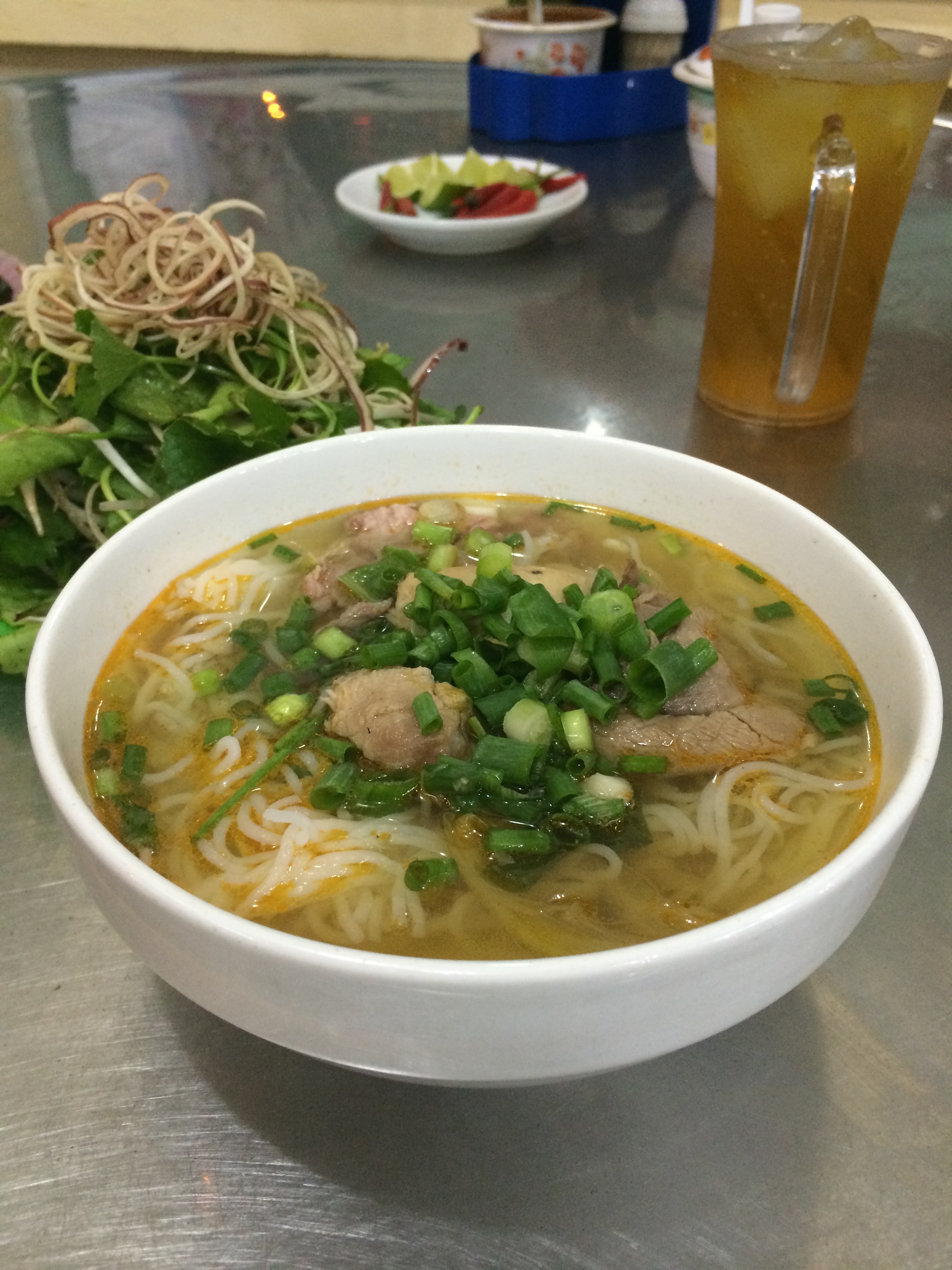
And finally, my new favorite Vietnamese dish, bánh khoái, a crispy, fried shell filled with pork sausage, shrimp, quail egg, and fresh vegetables, served with a pork/peanut based dipping sauce. We went to the restaurant known for the #1 bánh khoái in town, and it was truly amazing, especially since each one was slightly less than $1 USD : 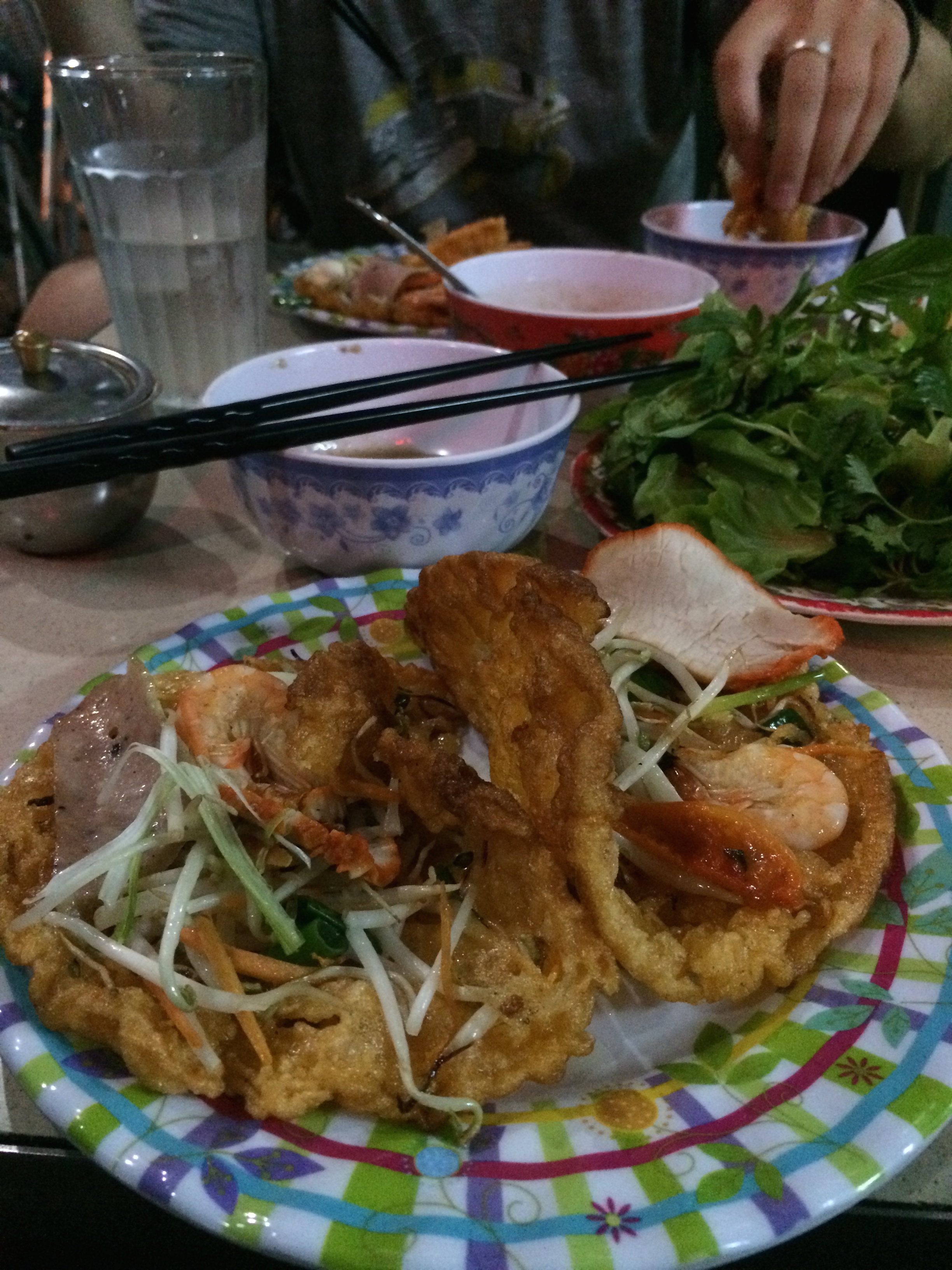
I think I need to learn how to make bánh khoái when I get home!!
We were also fortunate to arrive during the biannual International Festival of Huế . There were thousands of spectators and vendors, which also meant a lot of chè, my favorite Vietnamese dessert!
Most tourists know about Huế not for its food, but for the imperial city that lasted from the 19th to 20th century during the Nguyễn Dynasty (hey, that’s my family!). The Citadel was modeled after the Forbidden City in China and was built on the Perfume River. It is basically a “city” confined within walls, and within this city are more moats and ponds and rivers. There are also multiple entrances on all sides, often marked by grand gates.We rented bicycles and had fun exploring the city, and it felt like an endless maze of moats and bridges.
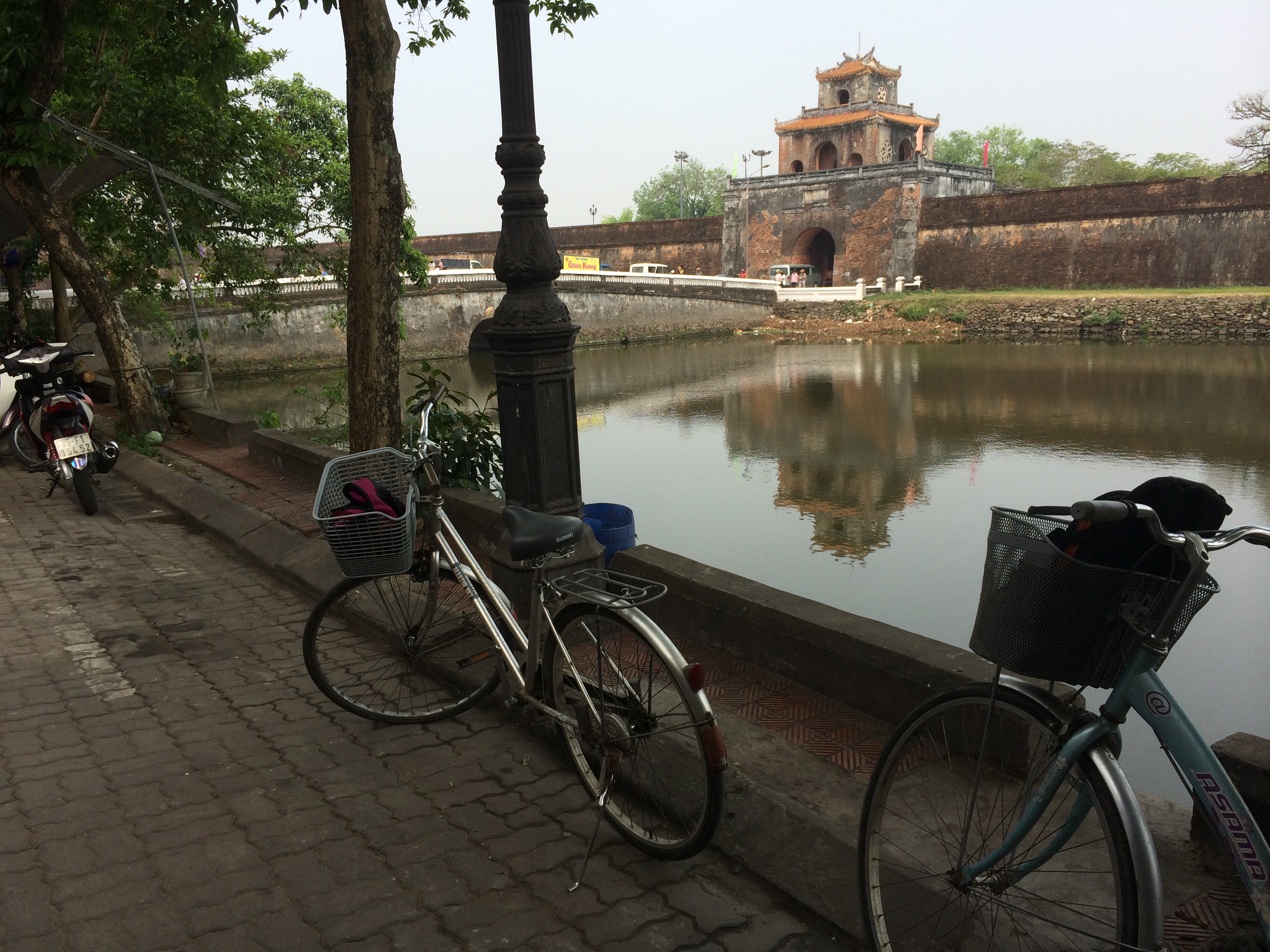

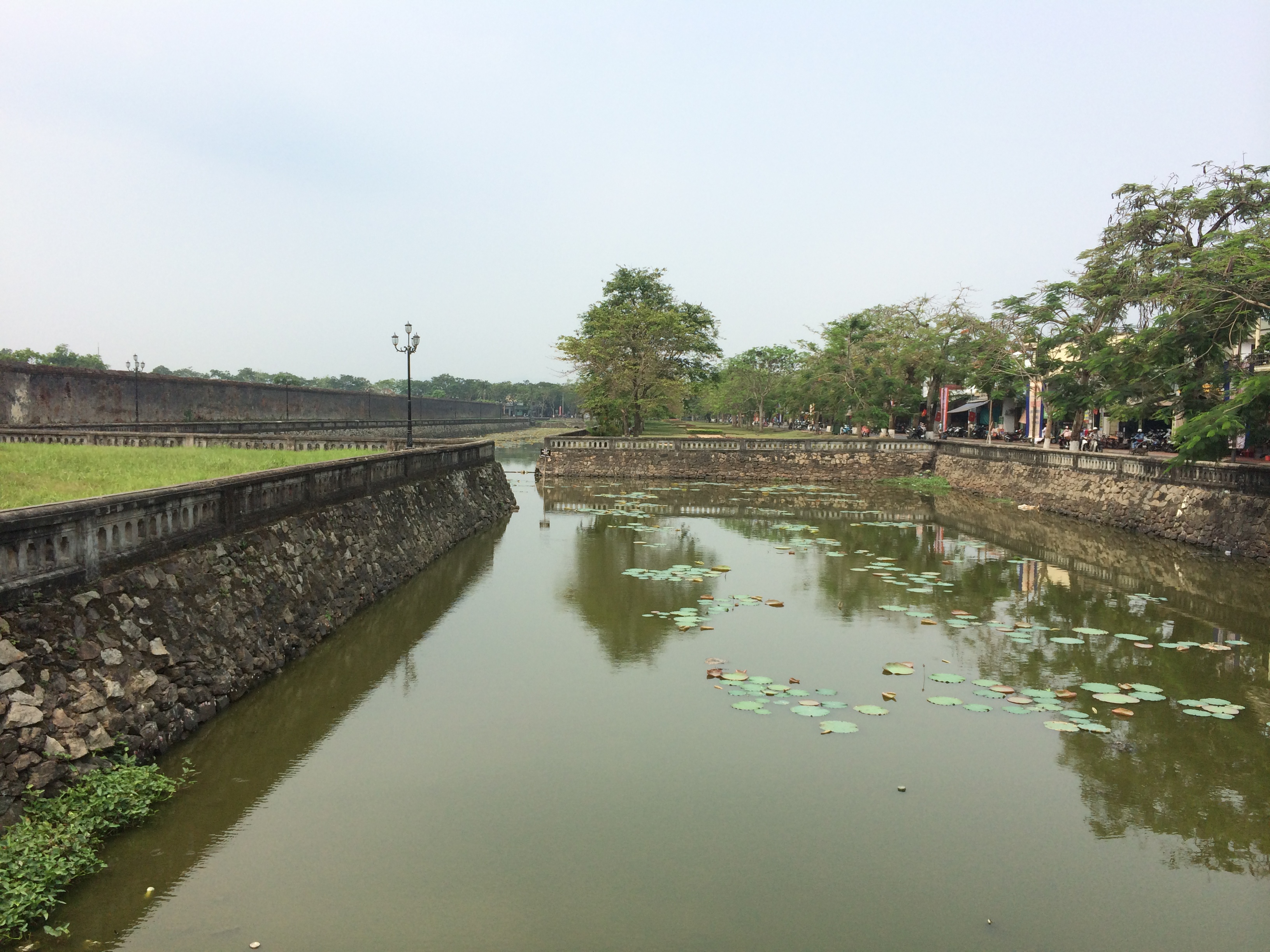
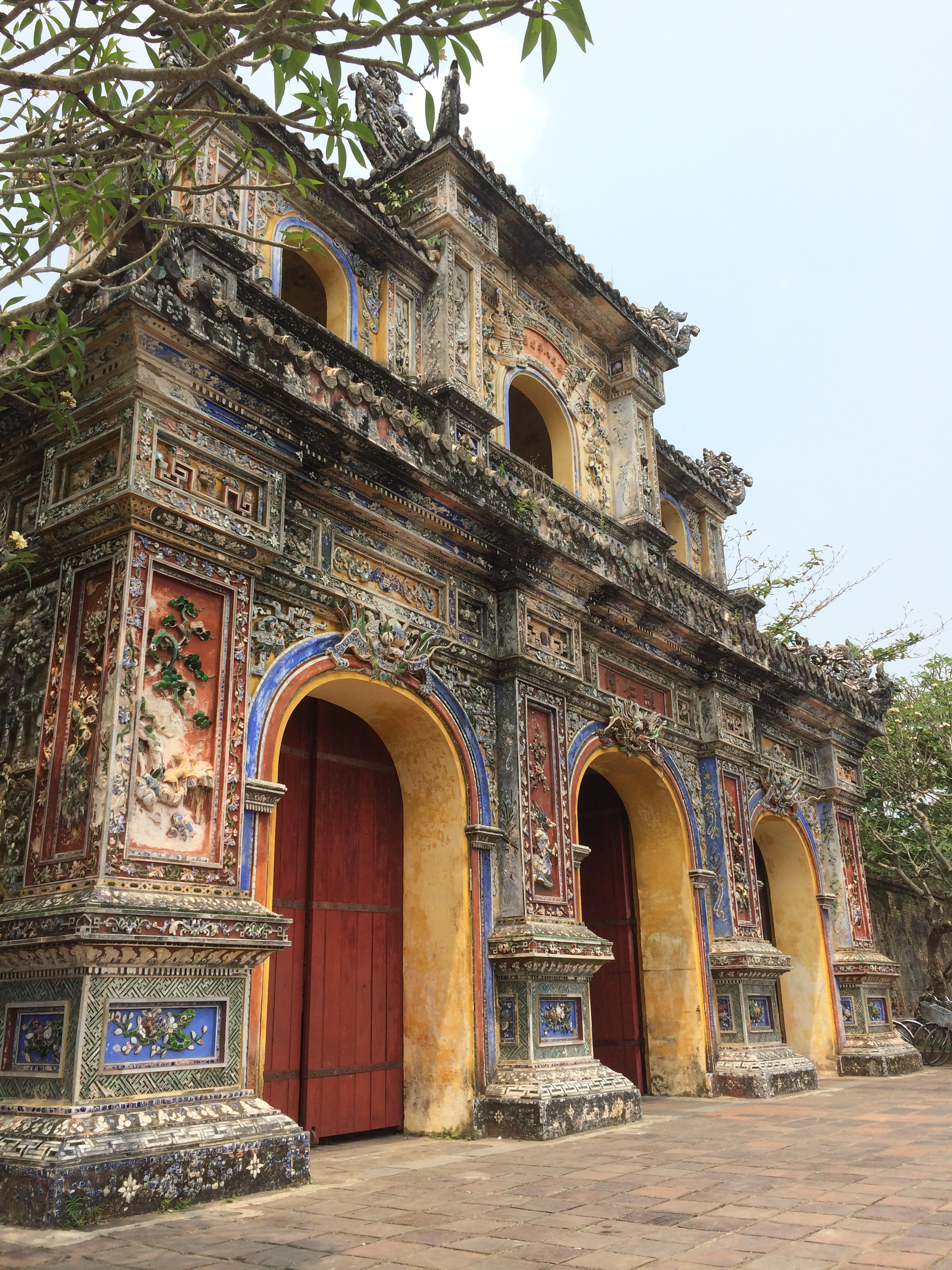
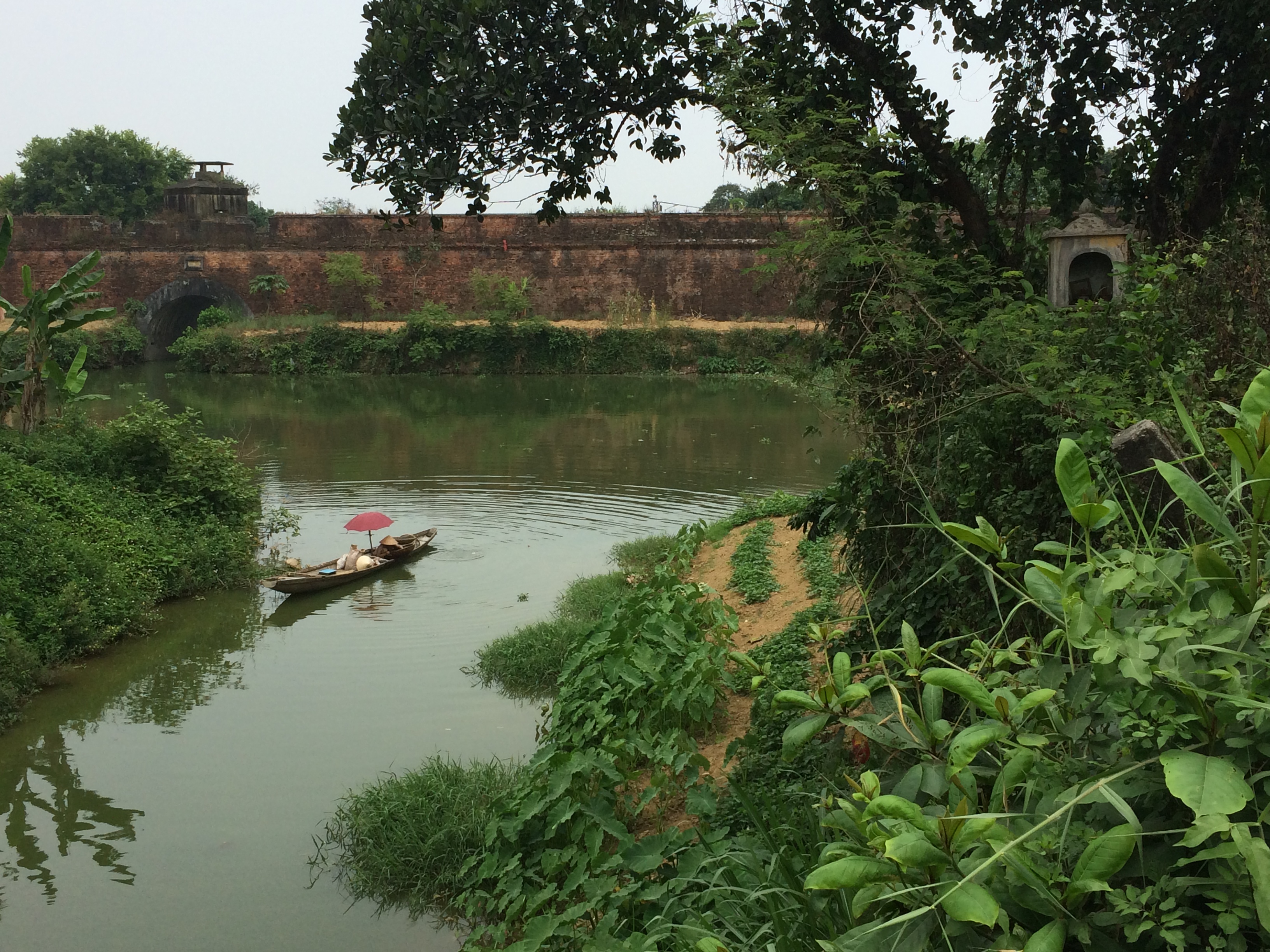
Check out this Google map; hopefully you’ll get a better idea of what I mean about the moats and rivers within the Citadel. 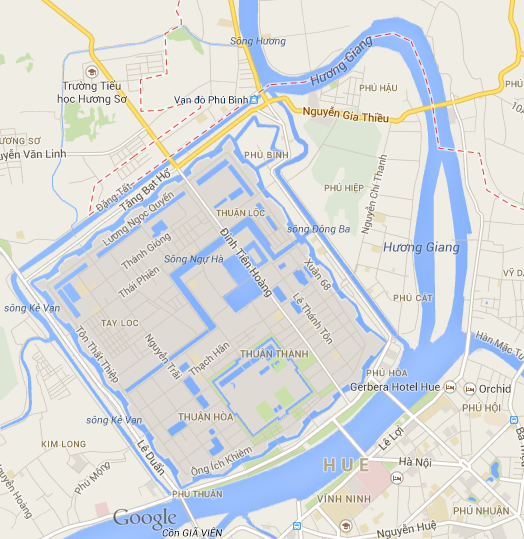
In addition to checking out the Citadel, the other main attractions are the pagodas and the tombs of the emperors. The tombs are in slight ruin, which I think adds more beauty to the structures. The history of the emperors isn’t all that exciting; they really didn’t do much and just spent most of their time getting the tombs constructed for their egotistical selves. However, the tombs were beautiful, some being temples with large parks and lakes. We visited the Thiên Mụ Pagoda (the largest pagoda in Huế) and the tombs of Minh Mạng, Khải Định and Tự Đức. I’d like to note that we visited the tombs via bicycle! The bicycles had shitty breaks, super soft tires, shitty seats that hurt our butts, and only a single speed. To top it off, it was about 95ºF by 10am, with high humidity.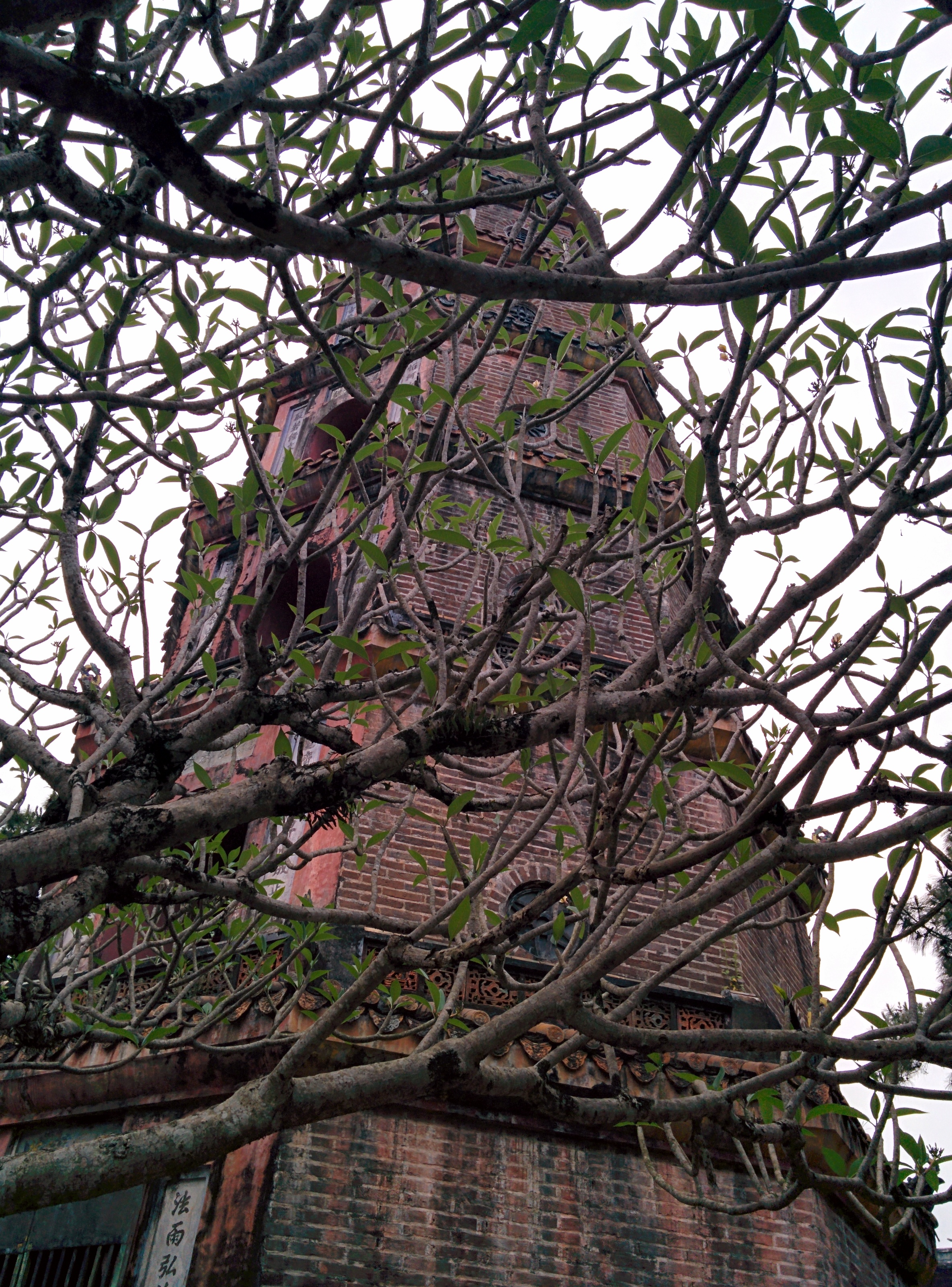
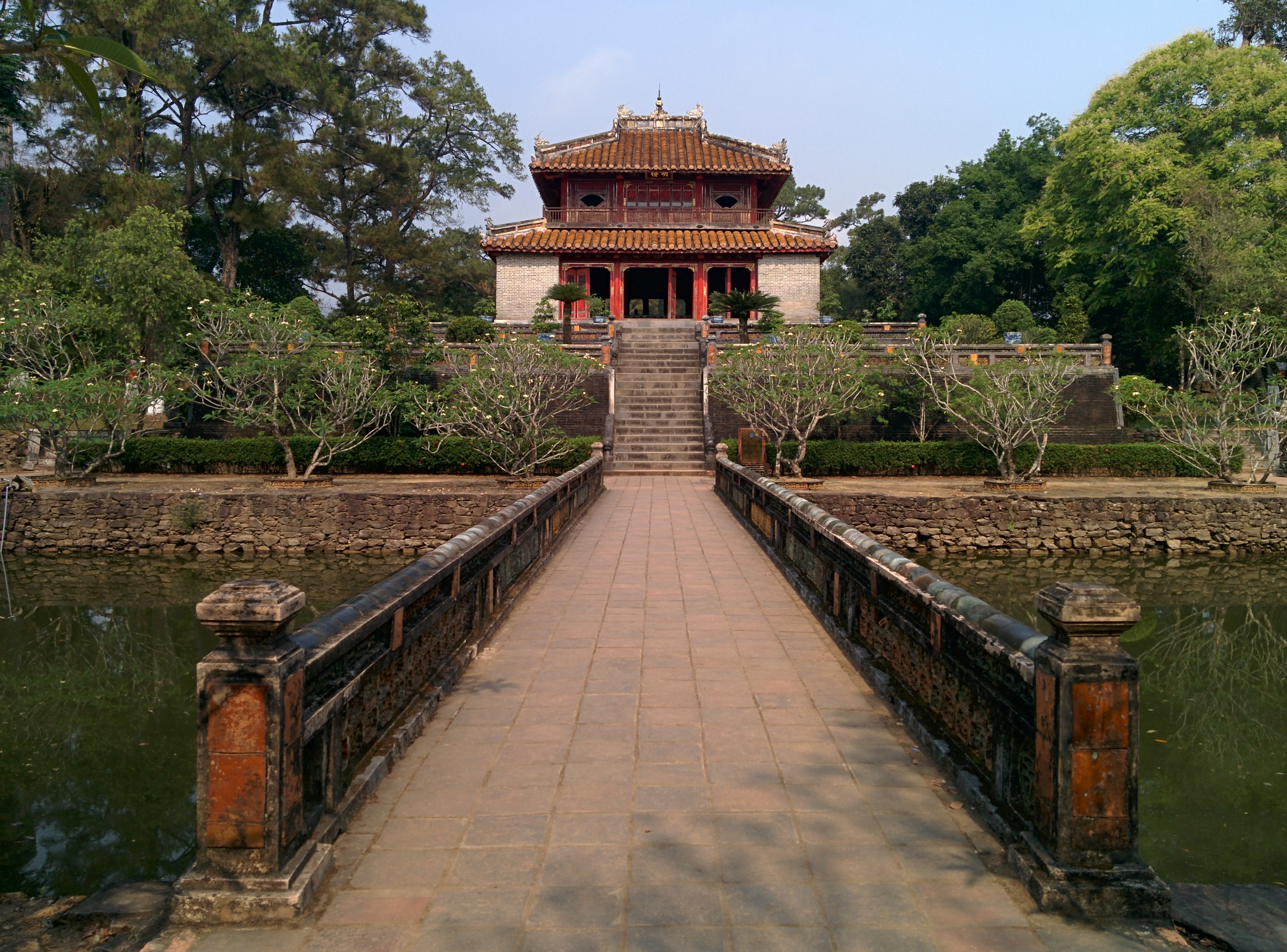
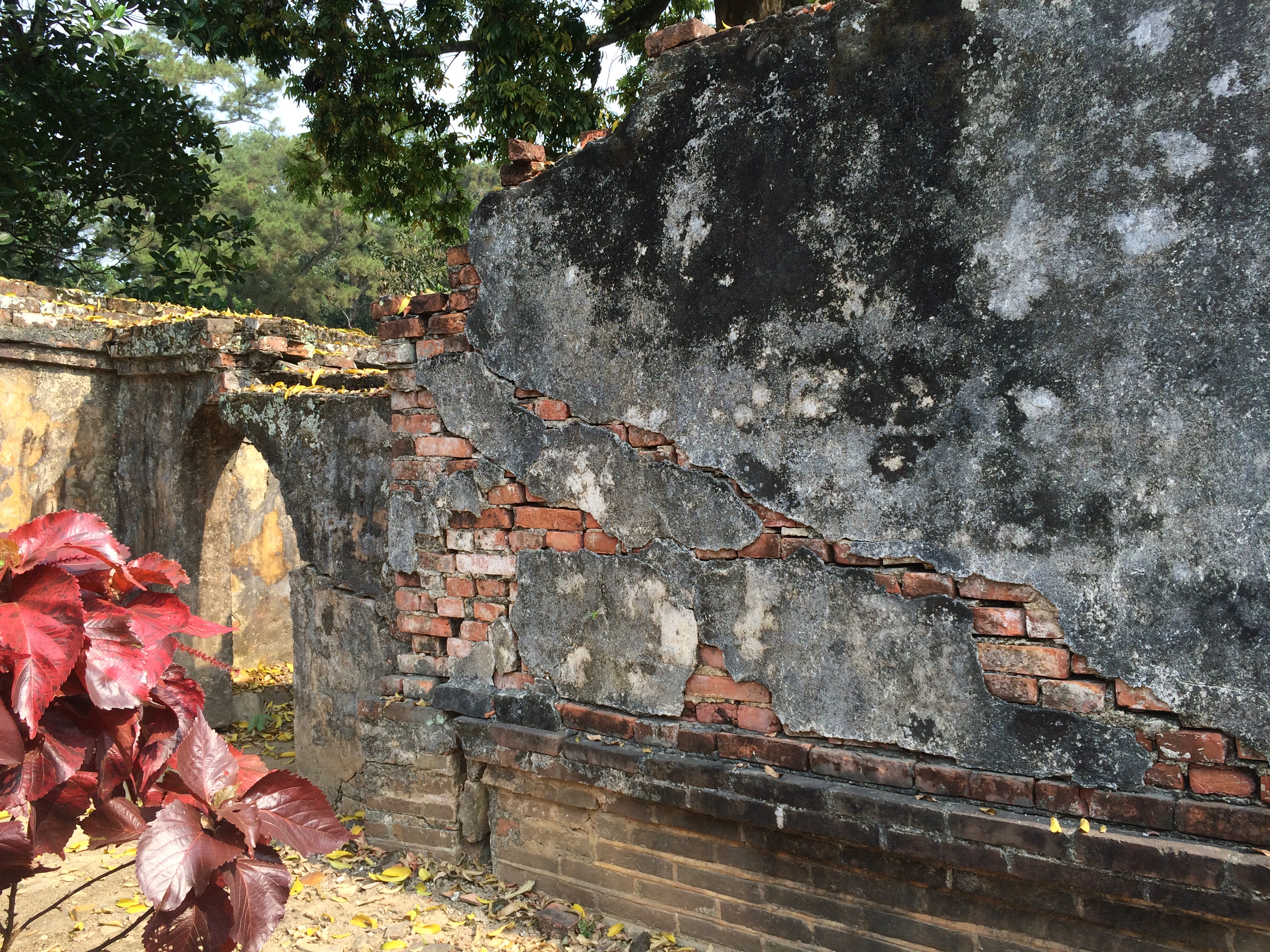
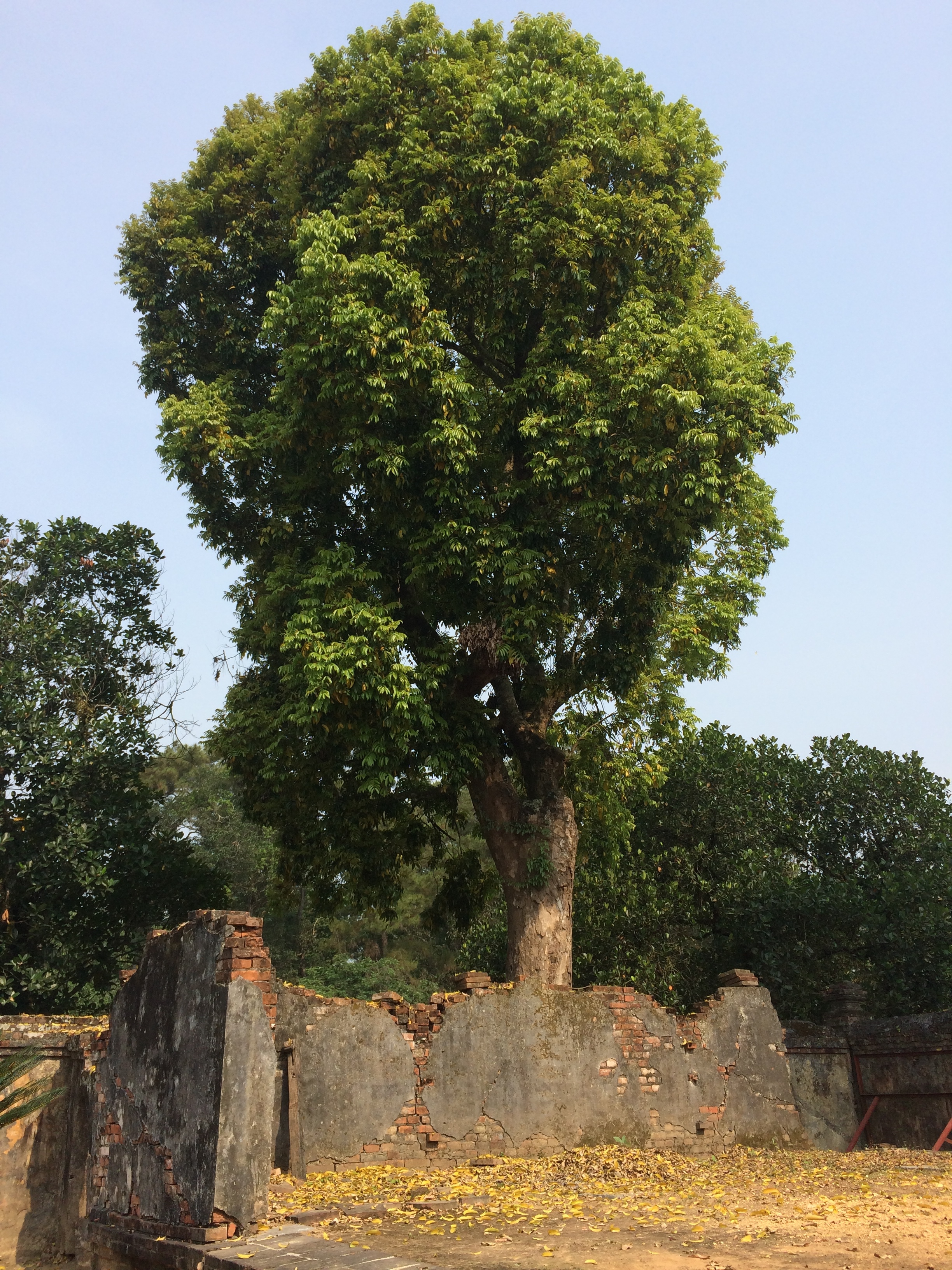
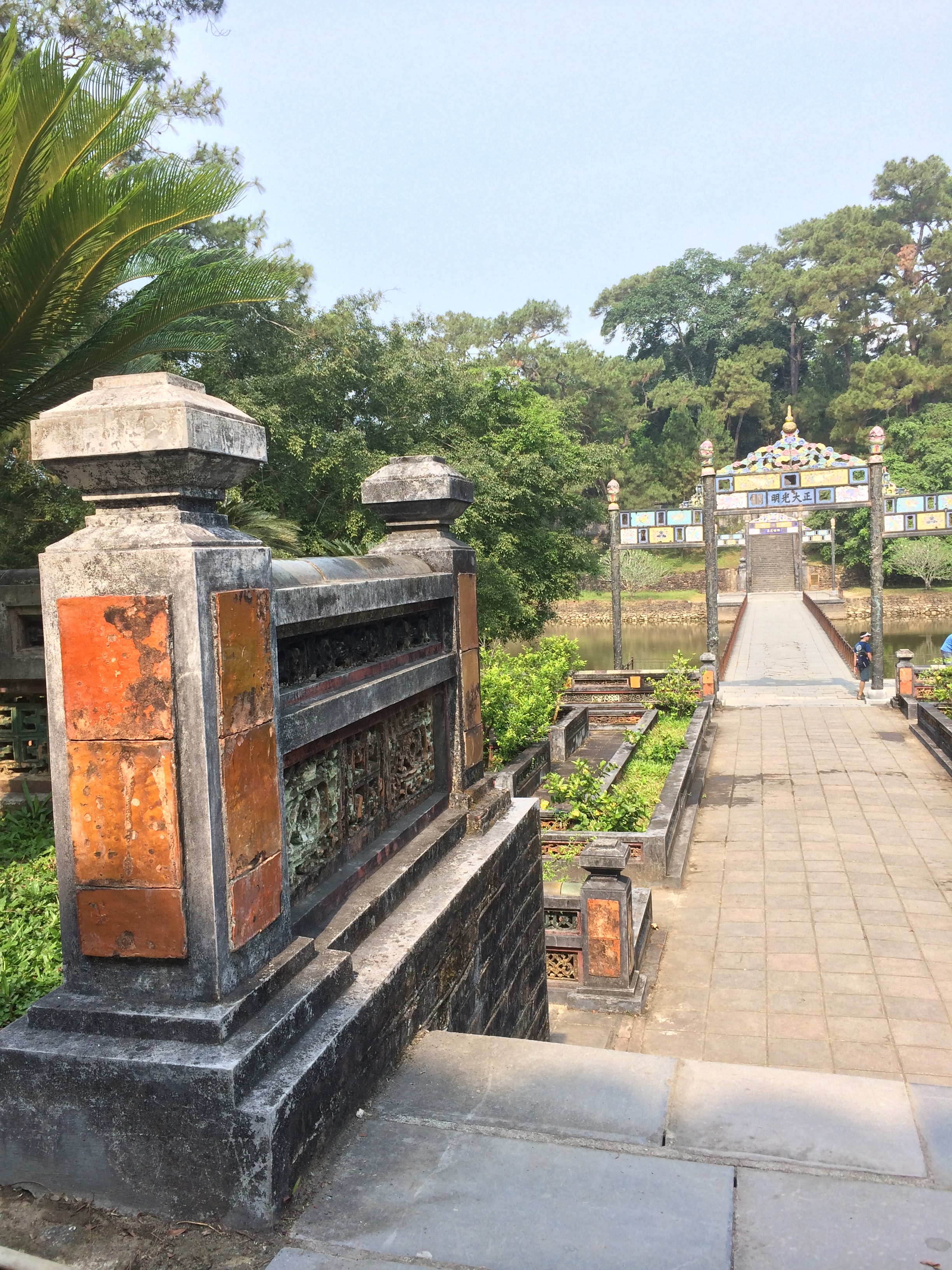
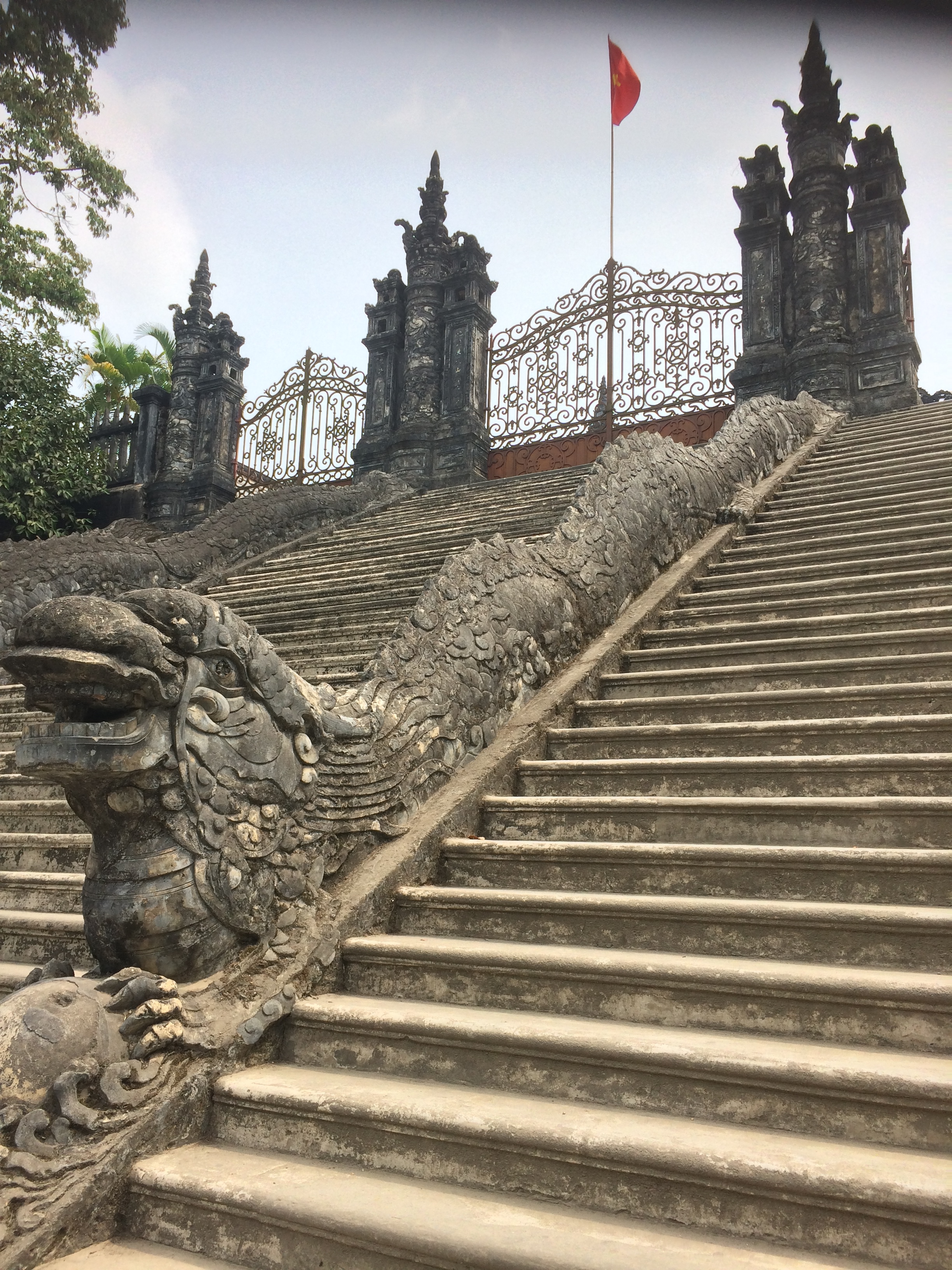
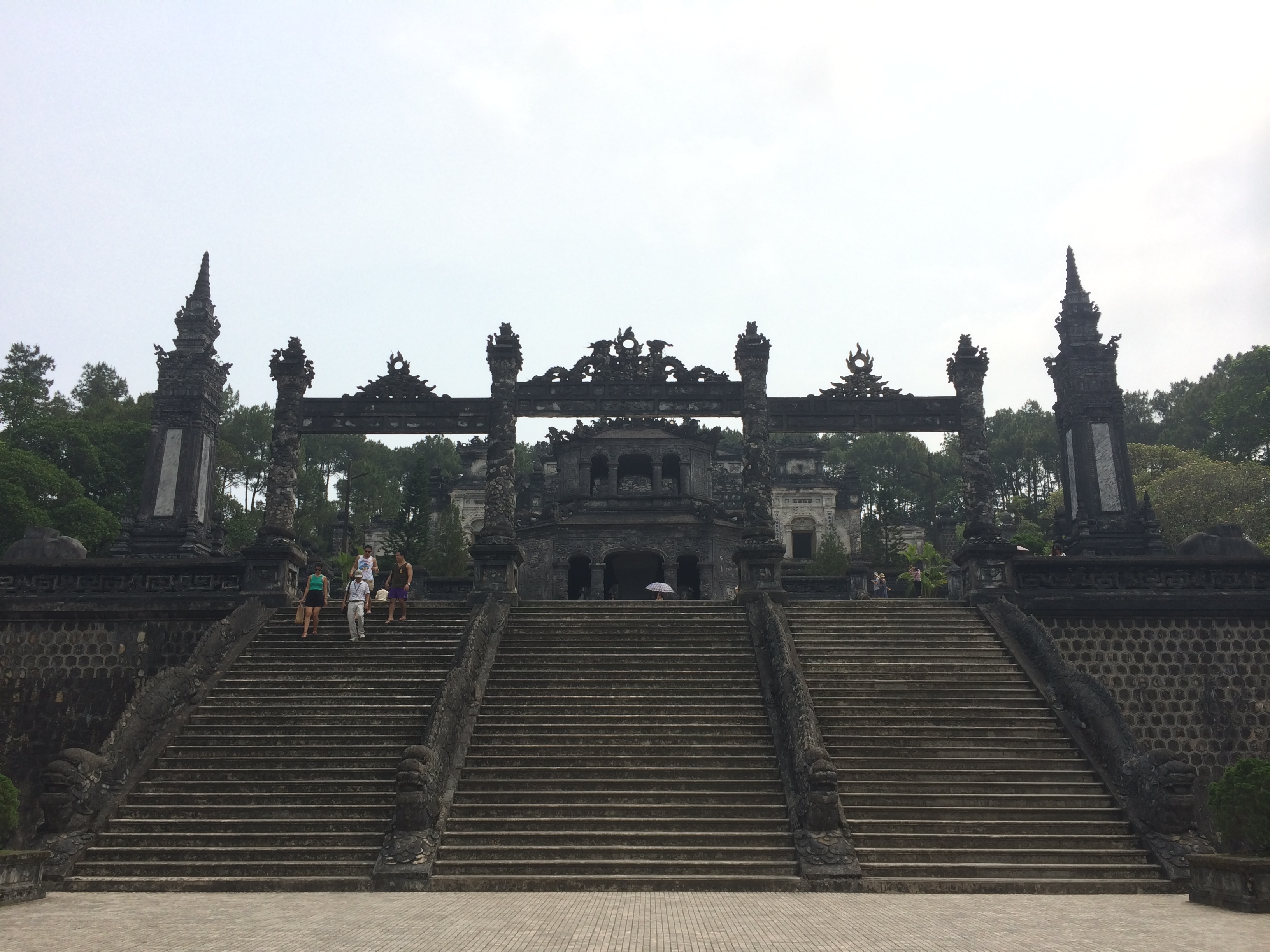
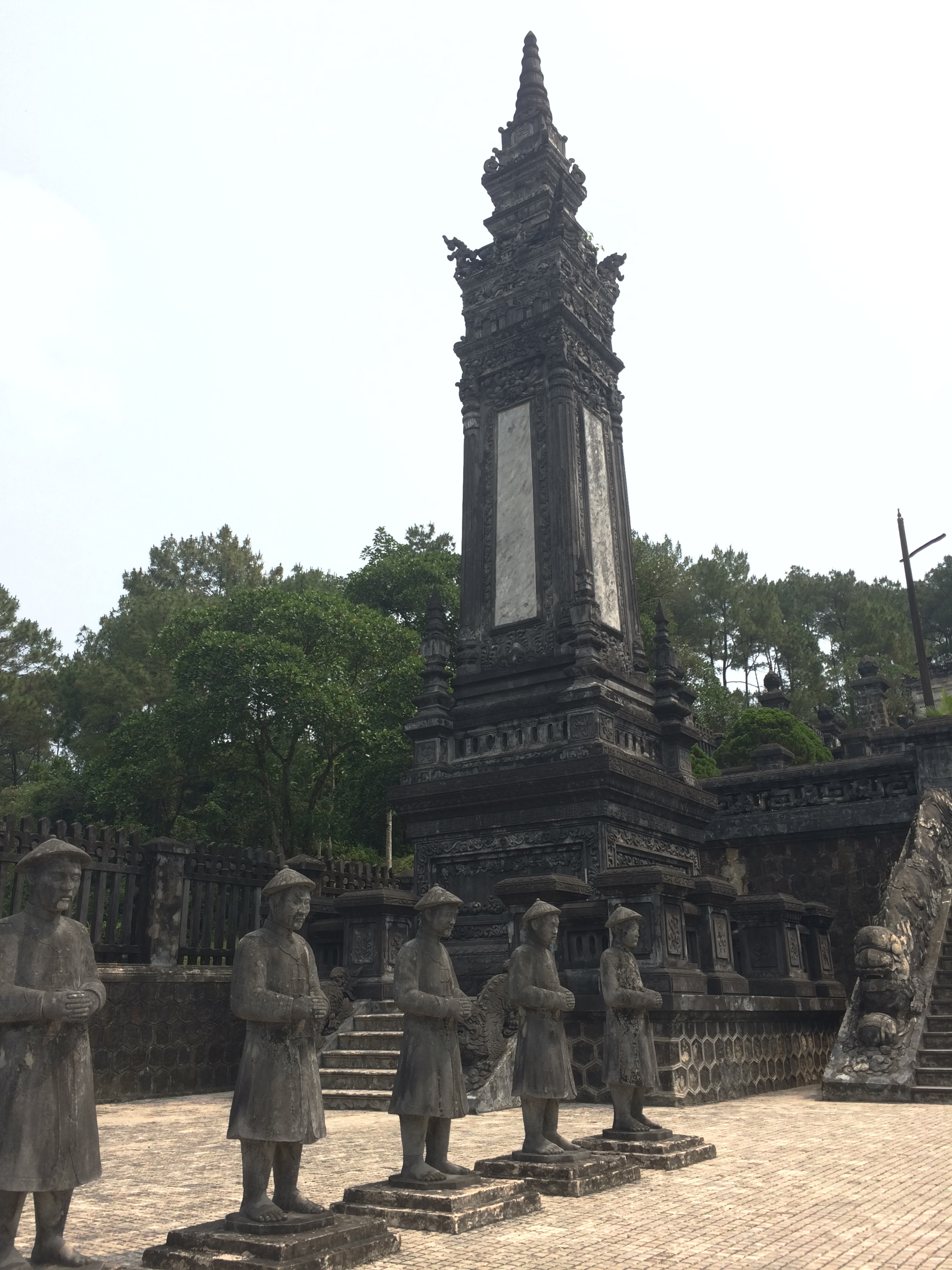
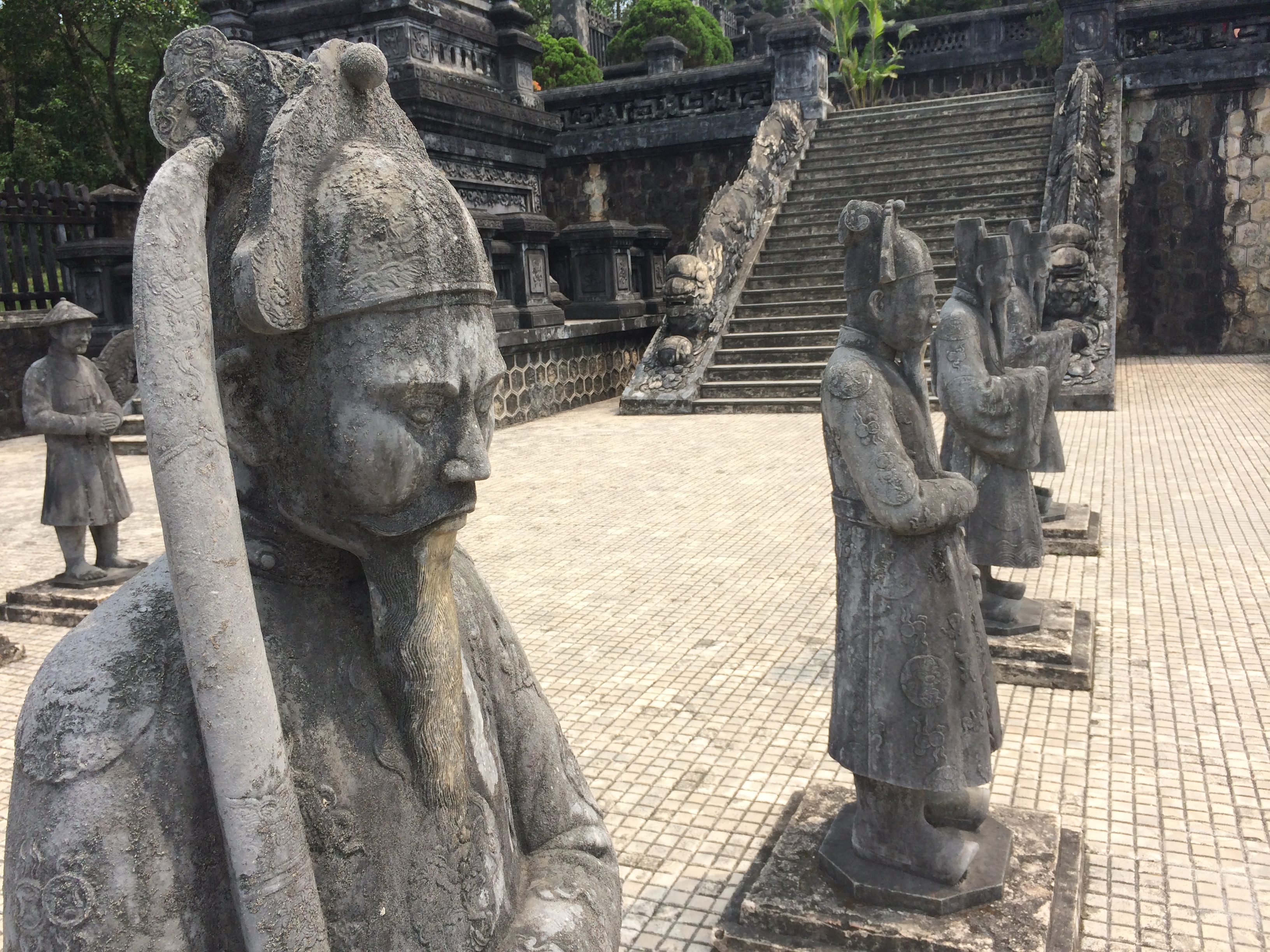
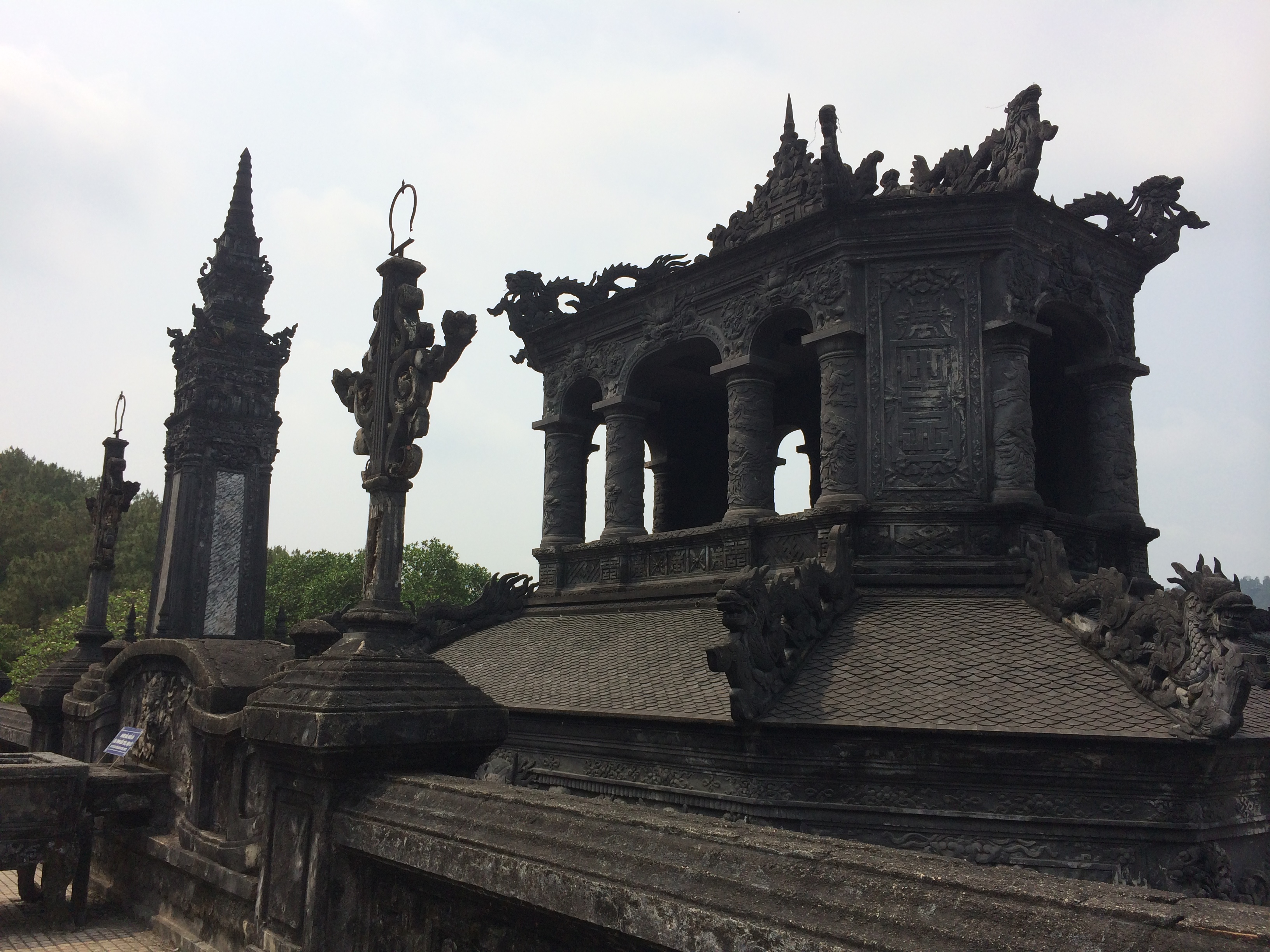
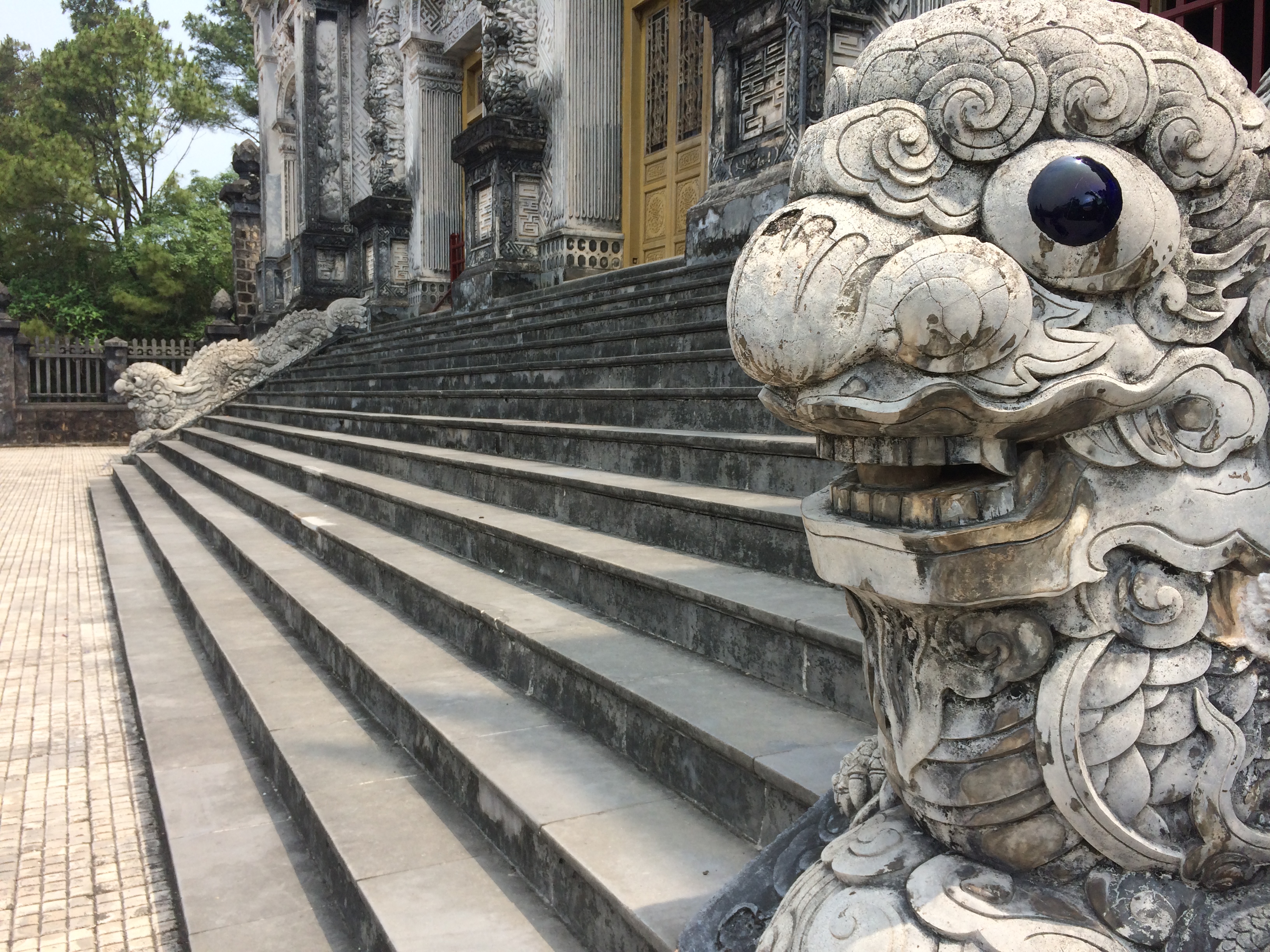
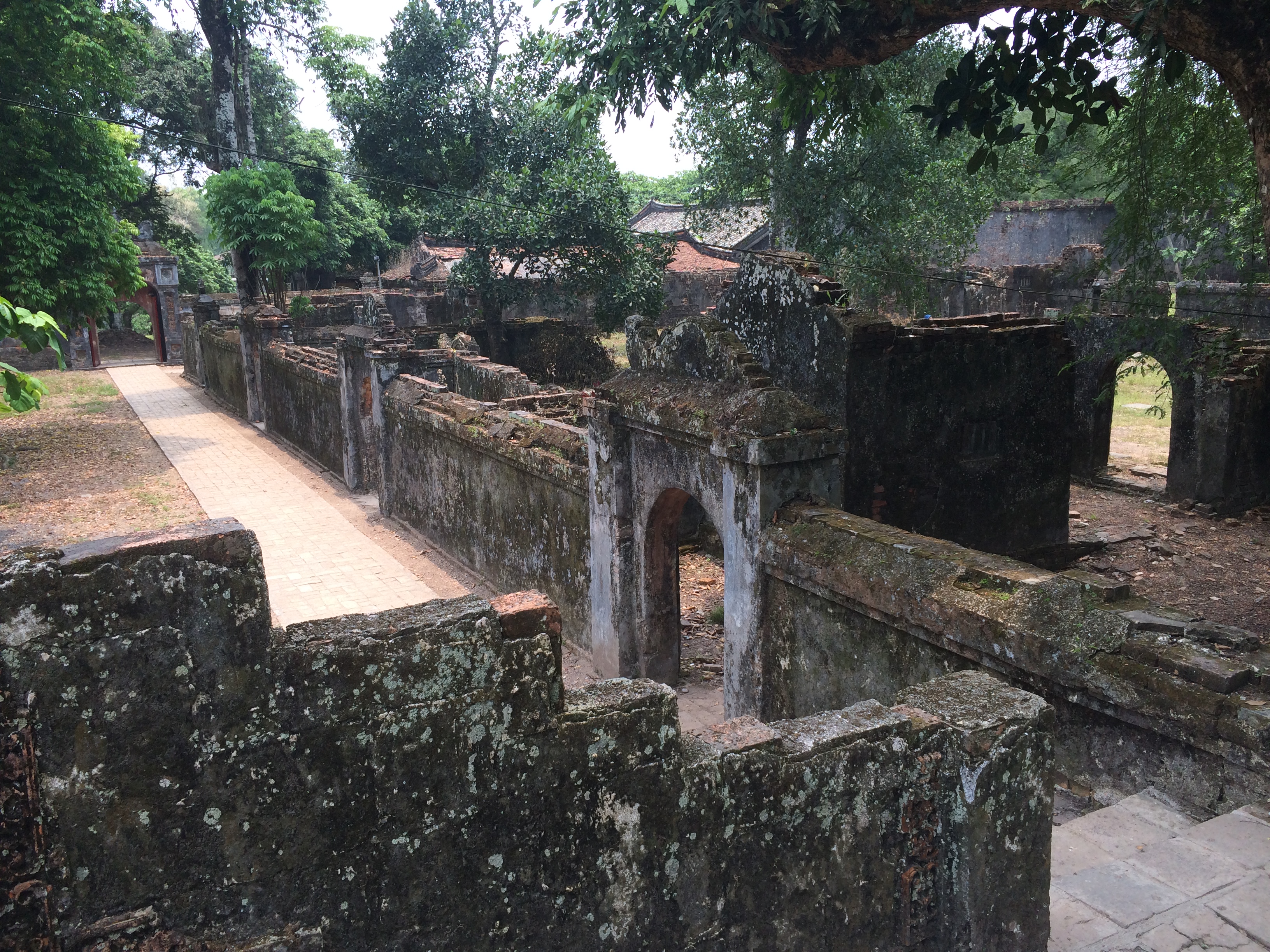
Check out this beautiful bug! These were crawling all over the place: 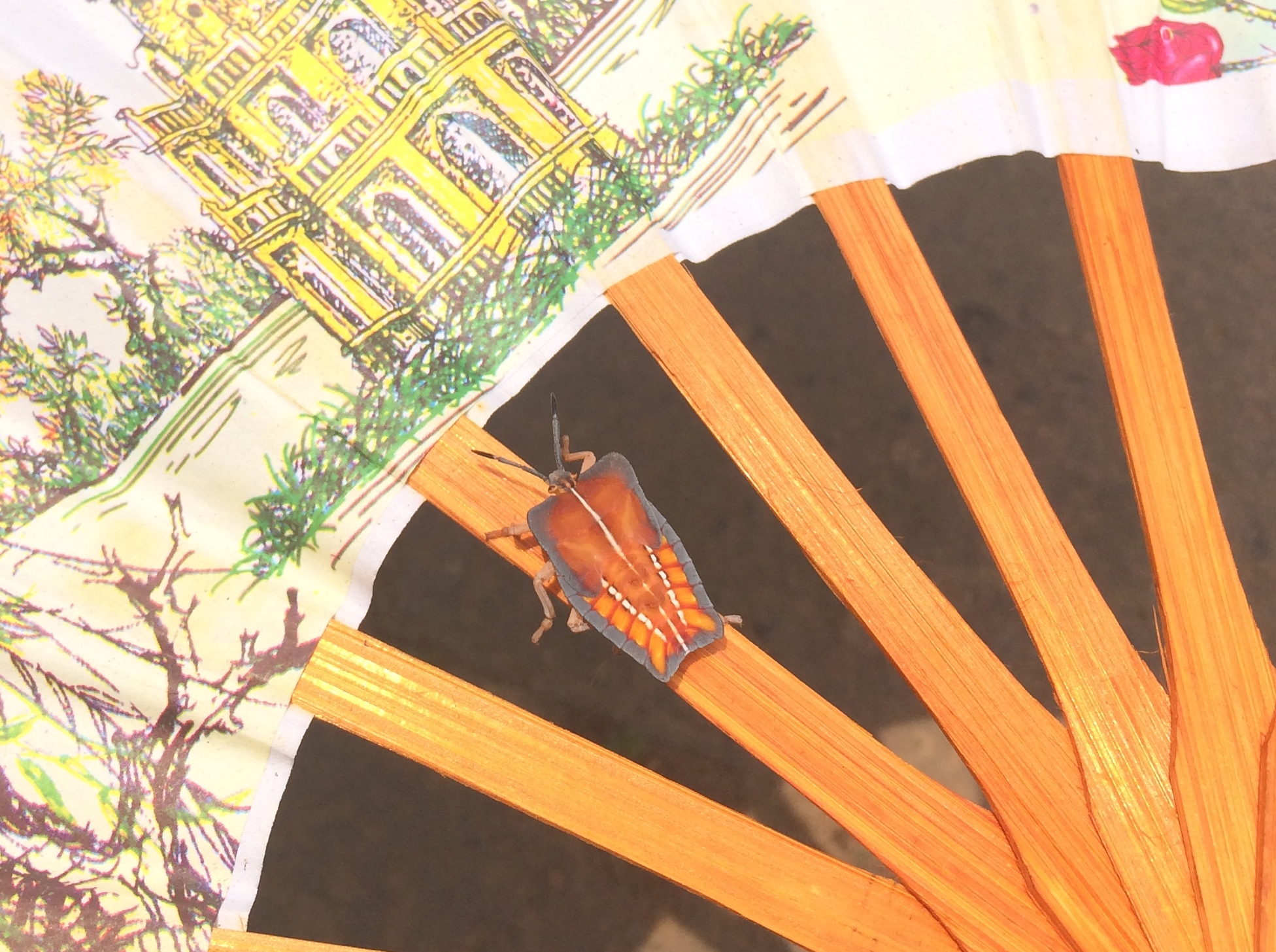
And that concludes our 3 whole days in Huế. Our next destination after Huế is to Quảng Trị, the central province of Vietnam where the DMZ was drawn. Quảng Trị endured the most attacks during the war, and people today continue to suffer from the legacy of the war (more on that in the next post).

